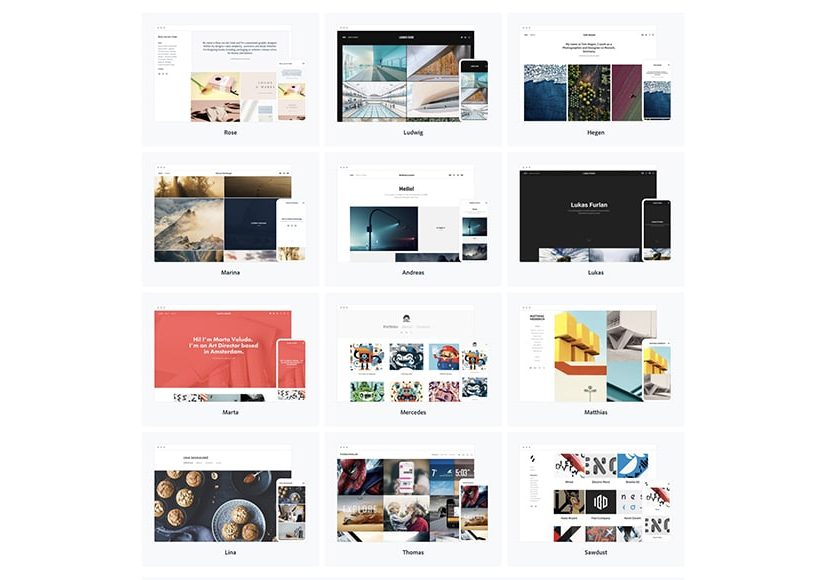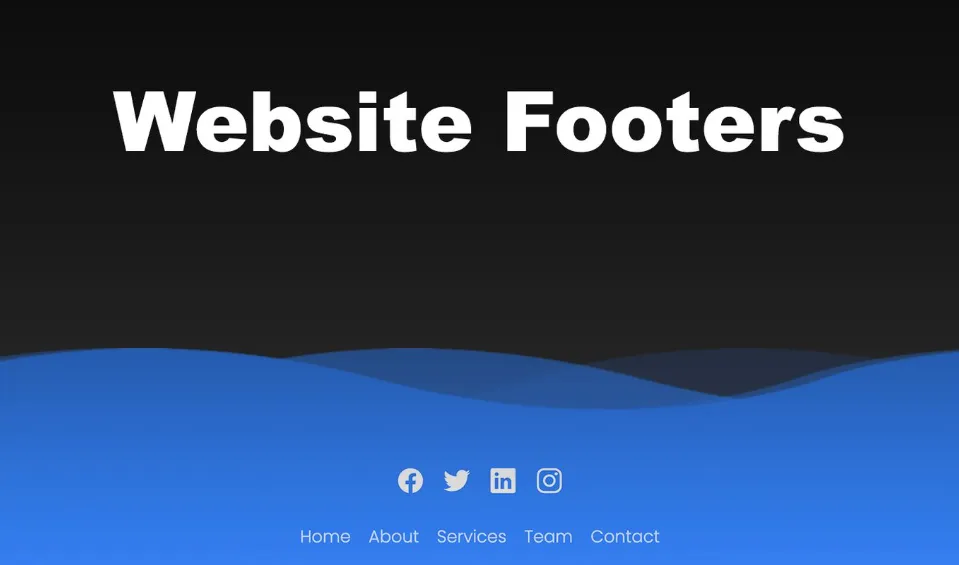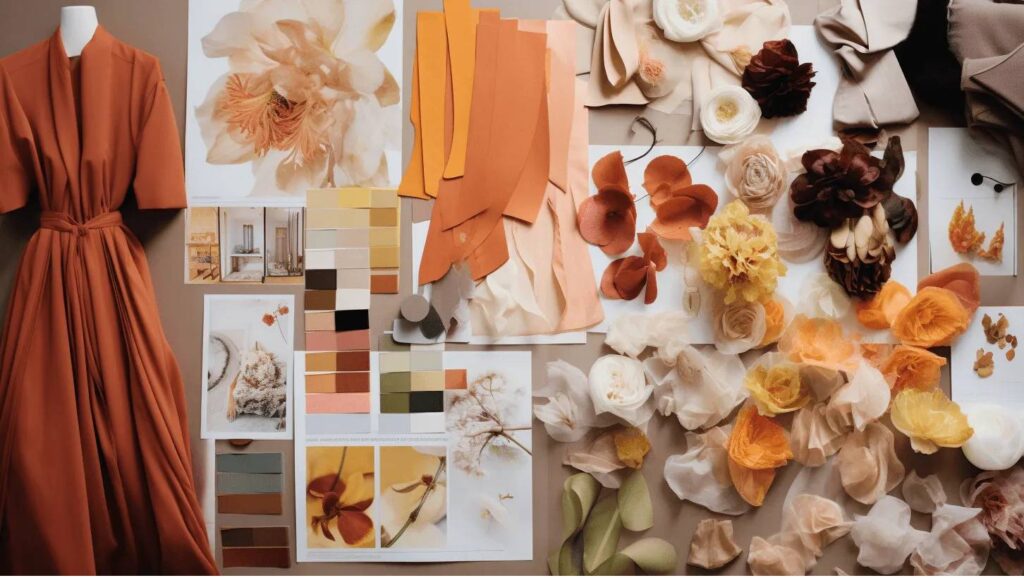Creating a design portfolio is more than just a task; it’s an opportunity to showcase your creative journey. Whether you’re an aspiring designer or a seasoned professional, your portfolio is the key to demonstrating your skills, creativity, and style. In this blog, we’ll explore some of the best portfolio examples, provide tips on how to craft your own, and answer some common questions about building a design portfolio.
Why Is a Design Portfolio Important?
A design portfolio is your visual resume. It highlights your best work and shows potential clients or employers what you can do. Unlike a traditional resume, which is text-based, a design portfolio gives a visual representation of your skills. This is particularly important in creative fields, where your work speaks louder than words.
Key Reasons to Have a Design Portfolio
- Showcase Your Skills: Your portfolio examples are the best way to demonstrate what you’re capable of. They provide tangible evidence of your abilities.
- Attract Clients/Employers: A well-crafted portfolio can catch the eye of potential clients or employers, making you stand out in a crowded market.
- Tell Your Story: Your portfolio isn’t just about displaying work; it’s about telling your creative story and journey.
- Build Confidence: Having a solid portfolio boosts your confidence. You can proudly present your work knowing that it represents the best of your abilities.
What Makes a Good Design Portfolio?
Creating a standout design portfolio requires careful thought and planning. Here are some key elements that make for strong portfolio examples:
1. Diversity of Work
Your portfolio needs to feature a diverse collection of projects that highlight the full spectrum of your abilities. Include different types of design work, such as:
- Graphic Design: Posters, logos, branding materials.
- Web Design: Websites, user interfaces, landing pages.
- Illustrations: Digital art, character design, infographics.
- Motion Graphics: Animations, video editing, title sequences.
By diversifying your portfolio examples, you demonstrate your ability to adapt to different styles and challenges.
2. Quality Over Quantity
It’s tempting to include every project you’ve ever worked on, but quality should always come first. Select your best work that truly represents your skills. Too many projects can overwhelm viewers, so it’s better to showcase fewer, high-quality pieces that make a strong impression.
3. Clear Presentation
The way you display your work is equally crucial as the work itself. Your portfolio should be easy to navigate, with a clean, professional design. Use large images and minimal text to let your work shine. Make sure each project is clearly labeled, with a brief description of the project and your role in it.
4. Personal Branding
Your design portfolio is a reflection of your personal brand. Consistency in colors, typography, and layout will help create a cohesive look. Your branding should align with your design style, making your portfolio memorable and unique.
Inspiring Portfolio Examples
Looking for inspiration? Here are some portfolio examples that stand out for their creativity and professionalism.
1. Jessica Walsh
Jessica Walsh’s portfolio is a perfect blend of bold colors and innovative design. Her portfolio showcases her work as a creative director and designer, with a mix of client work and personal projects. Each project is presented in a visually engaging way, with detailed case studies that explain her process and the impact of her work.
2. Mike Perry
Mike Perry’s portfolio is a colorful explosion of creativity. Known for his playful and vibrant illustrations, Perry’s portfolio is a true reflection of his artistic style. The portfolio is easy to navigate, with each project clearly displayed in a grid format, making it simple to explore his diverse range of work.
3. Tobias van Schneider
Tobias van Schneider’s portfolio is a masterclass in minimalism. The sleek, monochrome design allows his work to take center stage. Each project is accompanied by a brief, yet informative description, giving insight into his design thinking. The simplicity of his portfolio makes it easy to focus on the quality of his work.
Tips for Creating Your Own Design Portfolio
Creating a portfolio from scratch can be daunting, but with the right approach, it can be a rewarding experience. Consider these suggestions to kick off your journey:
1. Start with a Plan
Before you start designing, outline the structure of your portfolio. Determine how many projects you’ll showcase, the design structure, and the overarching theme. Having a clear plan will save you time and help you stay focused.
2. Choose the Right Platform
There are various platforms available for creating online portfolios, such as Behance, Adobe Portfolio, and WordPress. Choose a platform that suits your needs and allows you to customize your portfolio to match your personal brand.
3. Show Your Process
Clients and employers are not just interested in the final product; they want to see how you got there. Include sketches, wireframes, and other process work in your portfolio examples to give insight into your creative process.
4. Keep It Updated
Your portfolio should evolve as you do. Regularly update it with new work and remove older projects that no longer reflect your current skills or style.
5. Seek Feedback
Prior to unveiling your portfolio, seek input from colleagues, mentors, or industry experts. . They can provide valuable insights that you might have missed and help you refine your portfolio.
FAQs
Q1: How many projects should I include in my portfolio?
A1: Aim for quality over quantity. A good rule of thumb is to include 8-12 of your best projects. This number is enough to show your range without overwhelming the viewer.
Q2: Should I include personal projects in my portfolio?
A2: Absolutely! Personal projects are a great way to showcase your passion and creativity. They often reflect your true style and can set you apart from others.
Q3: How often should I update my portfolio?
A3: Regularly updating your portfolio is crucial. Try to update it every few months or whenever you complete a significant project. Keeping your portfolio fresh ensures that it accurately represents your current abilities.
Q4: Can I include work from internships or freelance projects?
A4: Yes, including work from internships or freelance projects is a great way to demonstrate real-world experience. Just make sure you have permission to showcase the work, especially if it’s for a client.
Q5: What if I don’t have enough professional work to include?
A5: If you’re just starting out, include personal projects, school assignments, or collaborations. The key is to showcase your skills, even if the work isn’t for a paid client.
Conclusion
Building a design portfolio is an essential step in your creative career. By carefully selecting and presenting your best work, you can create a portfolio that not only showcases your skills but also tells your unique story. Remember to keep it updated, seek feedback, and most importantly, let your personality shine through your portfolio examples. Whether you’re a seasoned designer or just starting out, your portfolio is your gateway to new opportunities and creative growth.
Start crafting your design portfolio today and let your work speak for itself!







